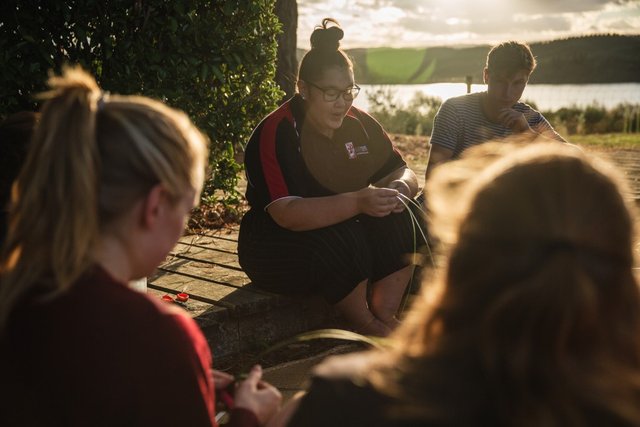
Bronwyn Hutchison would like to see more examples of regenerative tourism in practice. In her second “Good Tourism” Insight, Ms Hutchison sheds light on a family-run lodge and tour operation in New Zealand whose regenerative practices, it is claimed, are rooted in Māori beliefs and customs.
Regenerative tourism is evolving as the new catch-cry for post-COVID-19 tourism but we need to see more examples of it in practice.
Regenerative tourism has been described as leaving a place better than how you found it, but it goes further than that. It recognises the connection between all living systems and the importance of the host community.
Regenerative tourism aims for flourishing living systems; living systems that feel good and function effectively. While ecological systems are self-regulating, socio-ecological systems involve humans who make conscious decisions. Therefore we have a role in supporting system flourishing.
I define regenerative tourism as:
Contextually grounded in its manifestation, regenerative tourism is a systems approach that reflects an Indigenous worldview of the interconnectedness of all living things and uses diverse and regenerative economies to support whole system health and flourishing.
Being ‘contextually grounded’ simply means that regenerative tourism looks different from place to place depending on the local community.
‘Real-life tourism’ in Aotearoa
One tourism operation that illustrates the principles of regenerative tourism, or, as they would describe it, ‘real-life tourism’, is ... Continue reading (in full & for free) here: https://goodtourismblog.com/2021/10/real-life-tourism-the-essence-of-regenerative-tourism/
For full & free access to all "GT" Insights, visit https://goodtourismblog.com